If you'd asked me back in April whether I would have the pleasure of hosting another safari in 2020 I would have been very pessimistic. However, as things across the globe changed and evolved, the lockdown restrictions here in South Africa were eased in October and prospects of travel were starting to become a reality.
With South Africa still restricting access to both the United States and most of Europe when we started to outline some potential itineraries, East Africa (and Kenya specifically) took centre stage. Timing was tight as the short rains were imminent but the prospects of being back in the field and on safari far outweighed any negatives associated with the rains. Besides, who doesn't like dramatic skies and rich, vibrant colours!
Two intrepid explorers (one a multiple repeat guest and the other a first time traveller with Wild Eye) dared to dream and, after a couple of emails back and forth, with PCR tests in hand we embarked on a post-lockdown adventure to Kenya's Amboseli National Park and the Mara Triangle Conservancy.
Amboseli National Park
I always love to visit this part of the world - especially at the beginning of a safari as I feel the pace at which a safari runs in Amboseli is perfectly in step with the gentle giants that are without a doubt the focus of a visit to this small but incredibly diverse region.
Many of the tours we host in Amboseli see us staying at the Amboseli Serena or Ol Tukai Lodges which are both located very close to the swamps. This time we ventured slightly further away and stayed at Tortilis Camp.
Tortilis Camp is named after the flat-topped, umbrella thorn tree, the Acacia Tortilis, and embraces a hill in one of Amboseli’s areas of Acacia Tortilis woodland. Located in a private conservancy bordering the national park, game drives, walks, sundowners and bush meals take place both inside the national park and in the conservancy, where guests enjoy exclusivity.
What I really liked about this change in location is that it gave us direct access to the dry lake bed of Lake Amboseli. Photographing elephants, and indeed any other wildlife on this dramatic landscape, is a photographers dream and we certainly made the most of this opportunity to work the lake bed as much as possible.
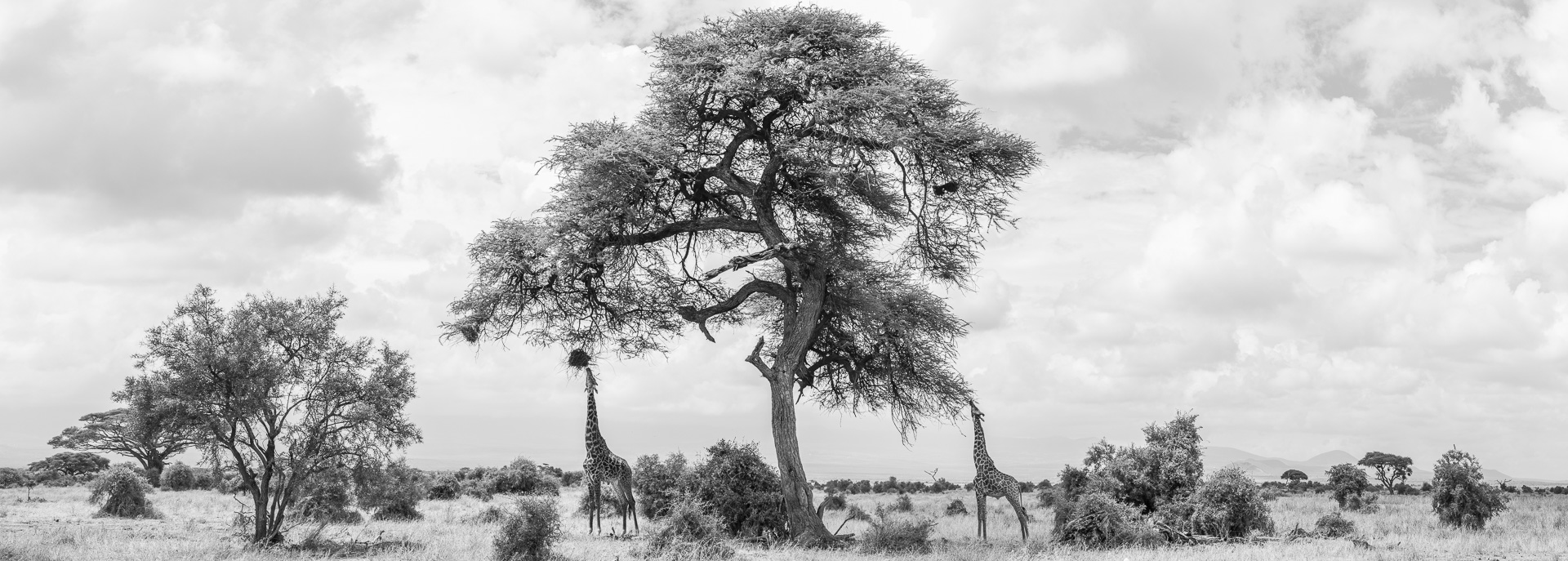
We spent a total of four nights at Tortilis Camp and took the opportunity to "re-familiarise" ourselves with our camera gear. The pace was perfect seeing that both guests had upgraded to the new Canon EOS R5 and a number of the RF lenses that are associated with this system.
Amboseli delivered in its diversity of birdlife and wildlife, affording us ample photographic opportunities and, in the quieter moments, time to play around with video and more abstract interpretations of the scenes that we had.
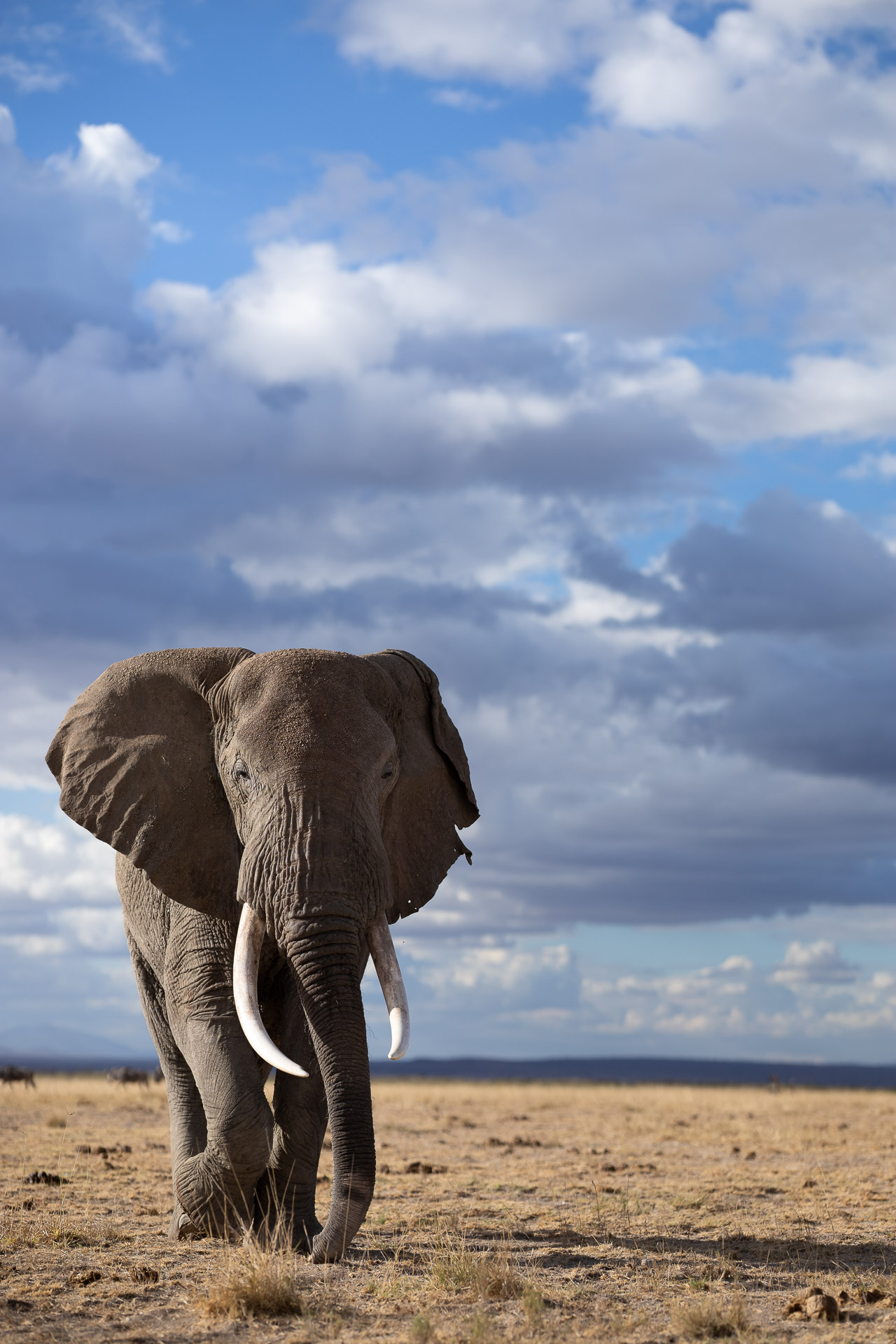
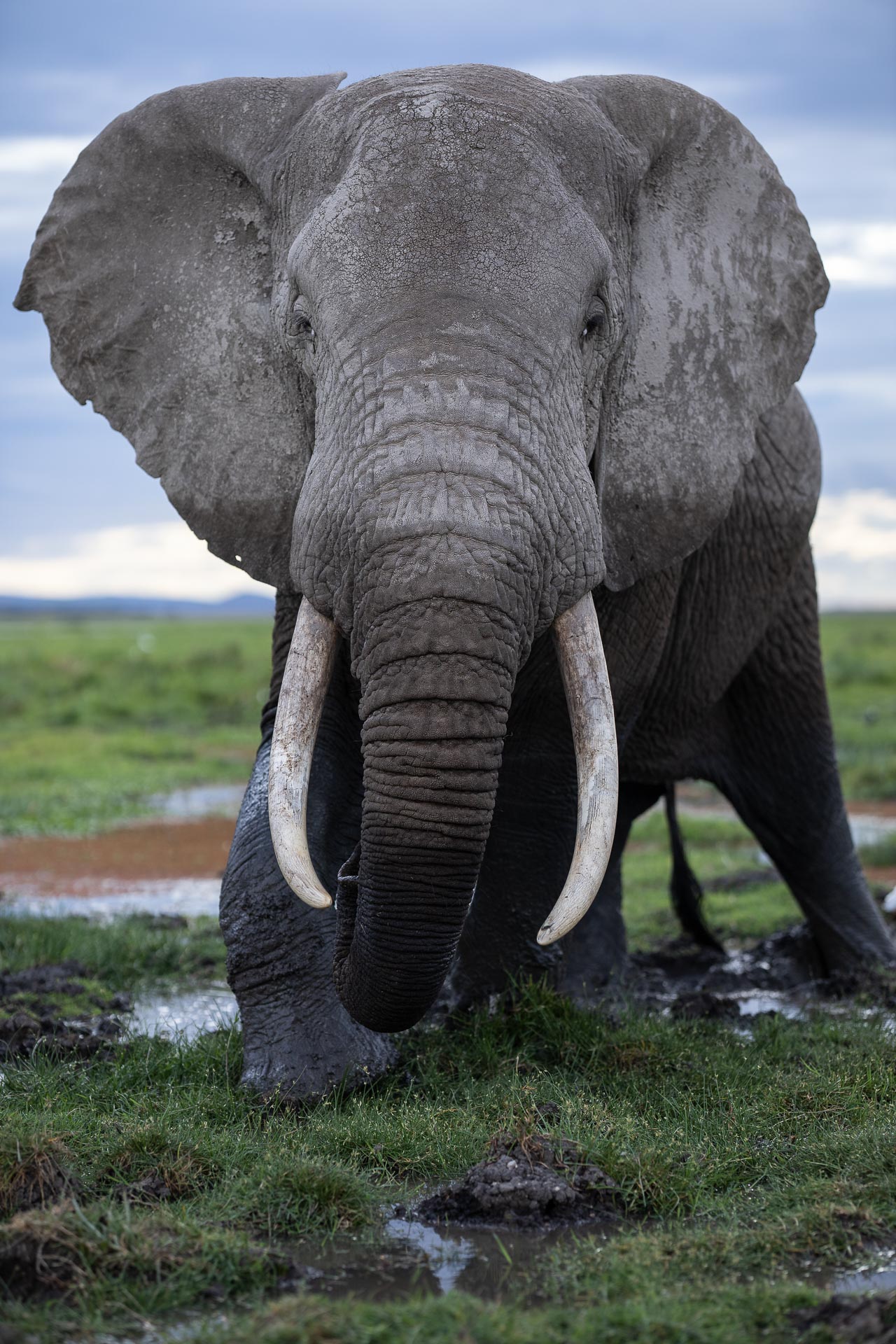
As I mentioned earlier, November sees the onset of the short rains and we had thundershowers almost every single afternoon on safari. Our Amboseli and Masai Mara scheduled departure to the region runs in October each year as this is right at the height of the dry season and just before the rains fall, allowing the wildlife to venture further afield from the swamps.
However, massive thunderstorms and dramatic skies are a photographers dream and we certainly made the most of these opportunities.
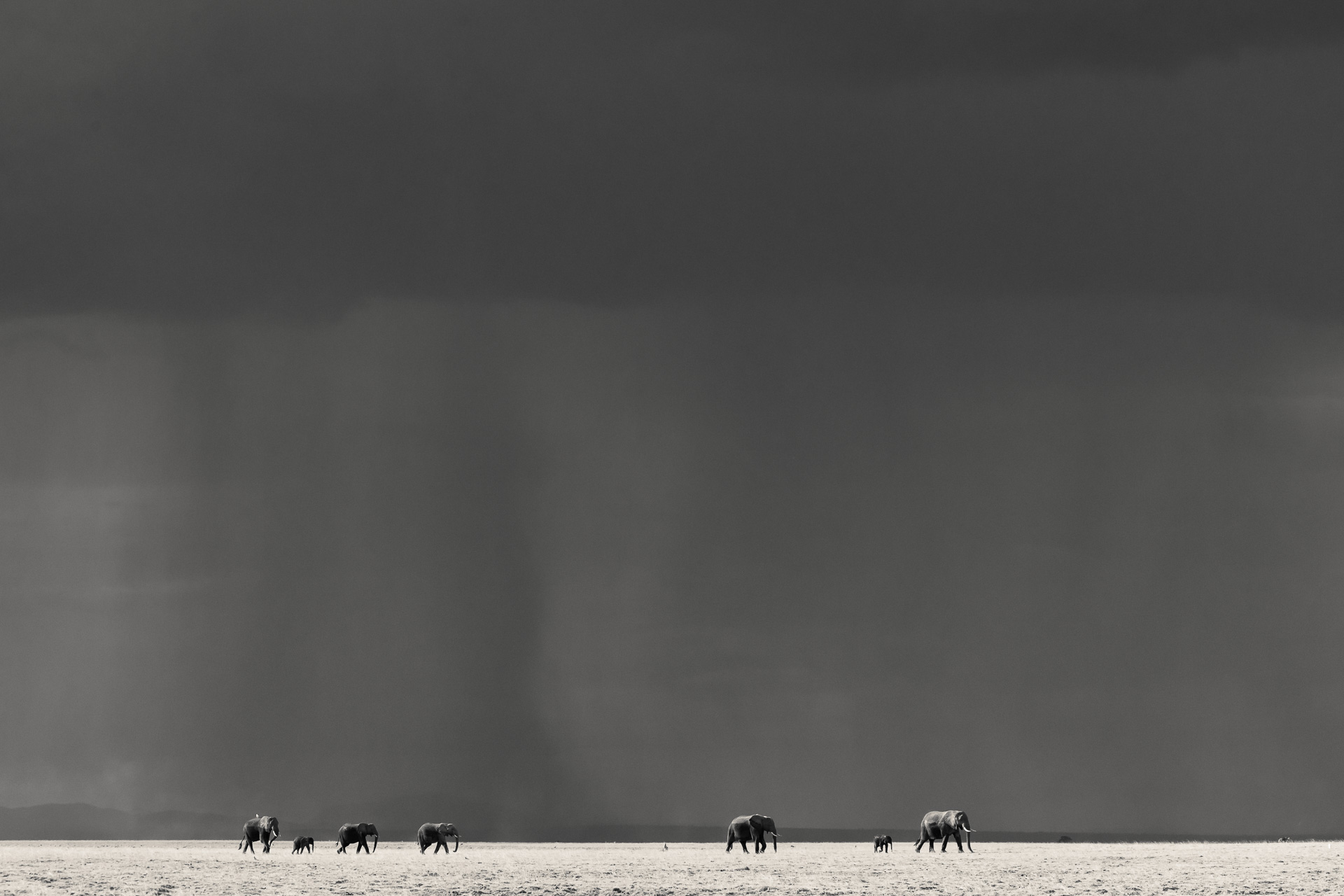
The Mara Triangle Conservancy
Usually we would have flown directly from Amboseli to the Masai Mara but decreased volumes of tourists meant that flights were no longer running between these two destinations. This meant that we had to fly back to Wilson Airport (Nairobi) before connecting (seamlessly I might add) into the Mara Triangle where we would spend 6 nights at the Mara Serena Safari Lodge.
The Wild Eye Mara Camp would usually serve as our small and intimate base from which to explore the Mara Triangle but we had to postpone the entire season of our peak and off peak safari offerings using the camp as a result of the Covid-19 pandemic.
It would be wrong for me not to highlight just how empty Kenya's flagship destination was in the first two weeks of November. To see another vehicle on drive in the Triangle was a rarity and highlighted just how much of an impact this pandemic is having on so many protected areas which rely almost entirely on funds derived from conservation fees to survive.
Whilst far from ideal from a financial perspective, the almost complete lack of tourists to the area made for a very special and unique safari experience for us. We had almost every sighting that we had in the Mara Triangle to ourselves which gave us complete flexibility in terms of how long we spent as well as where we positioned our vehicle.
We did however have to work a little bit harder to find sightings as there were no other vehicles to share updates.
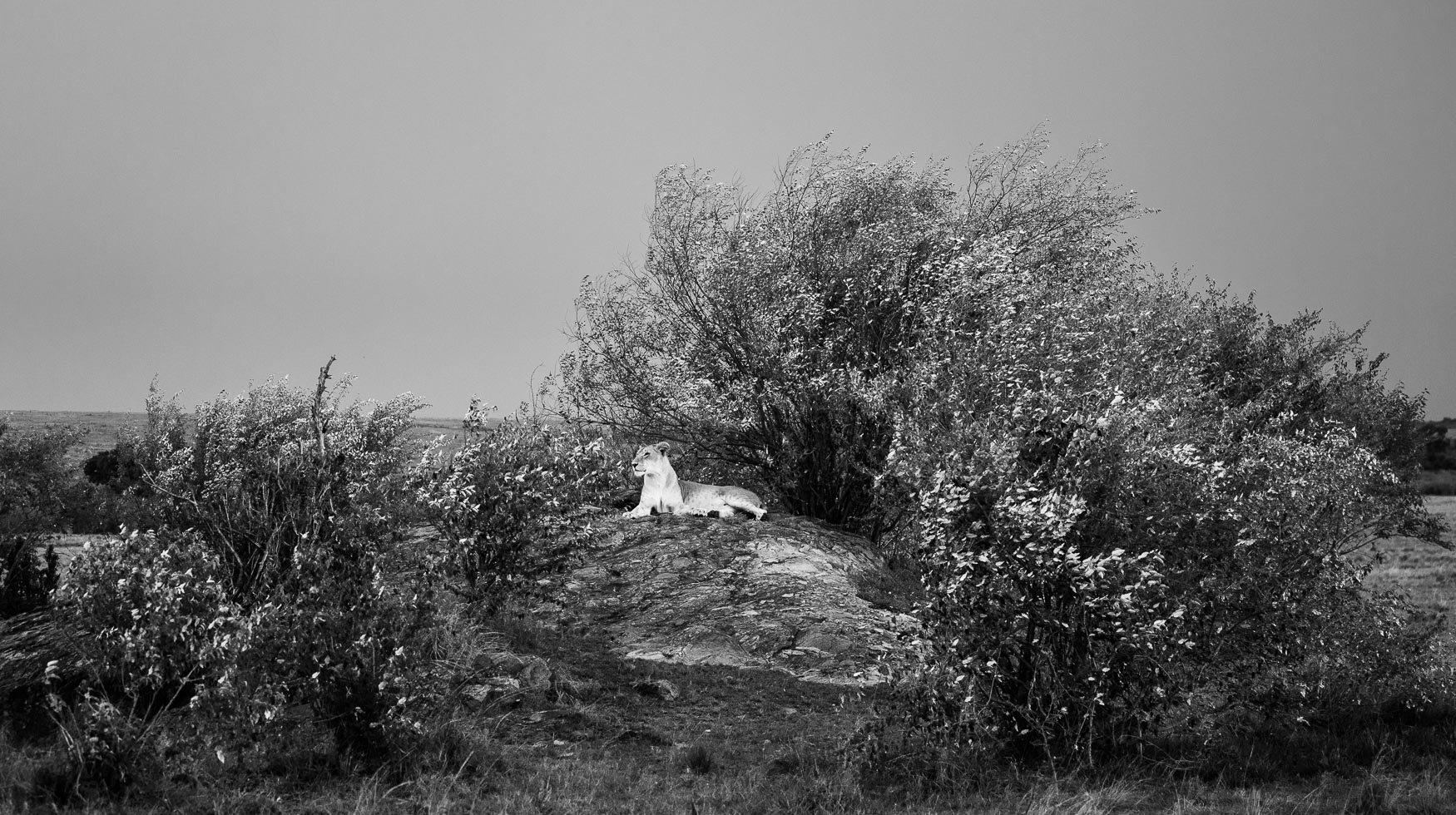
On two of the days we took advantage of the reduced vehicle pressure and ventured across the river onto the Masai Mara National Reserve where we enjoyed some fantastic sightings of leopard, a pride of more than 20 lions and the famous "Tano Bora" or "Fast Five".
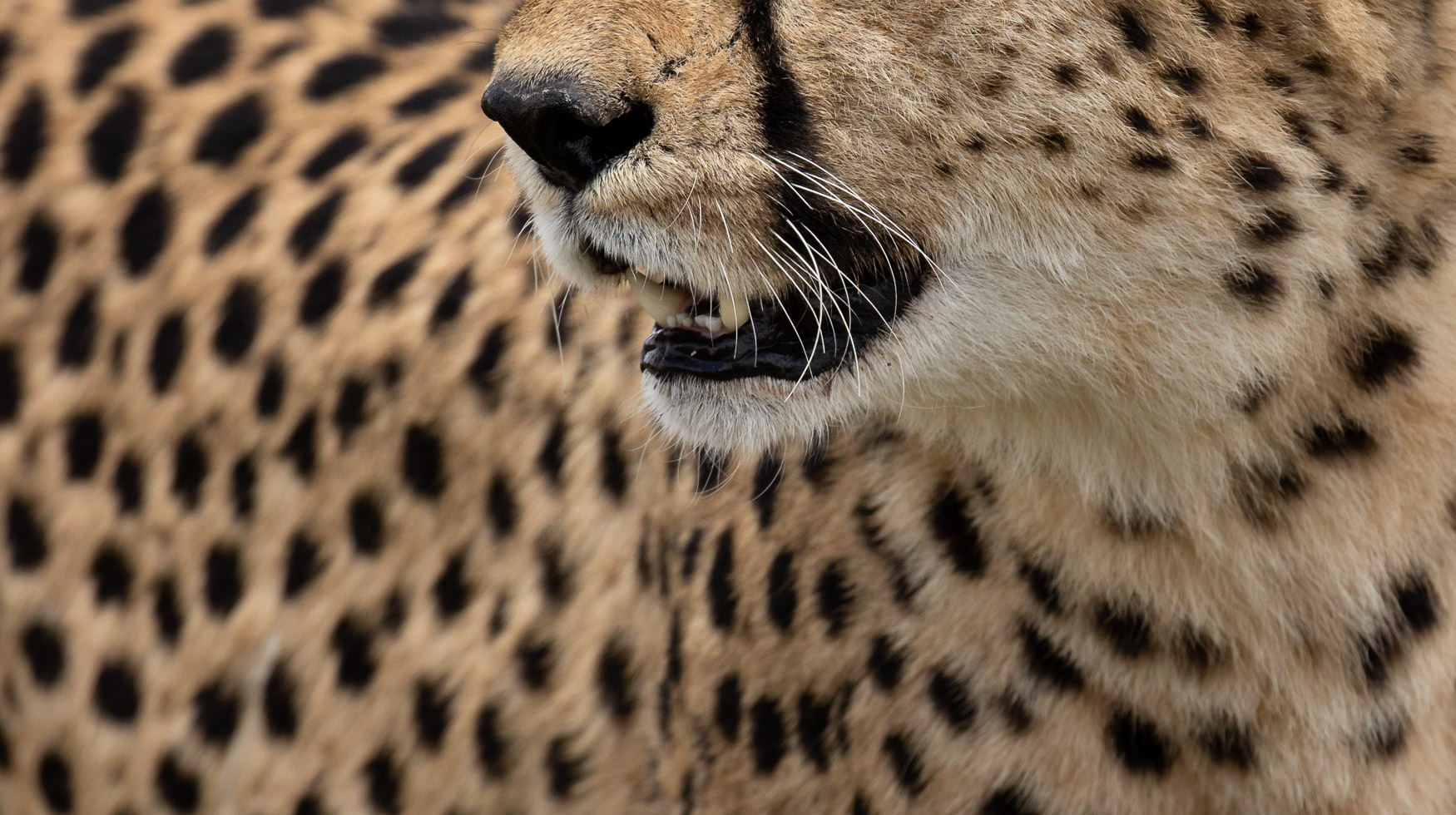
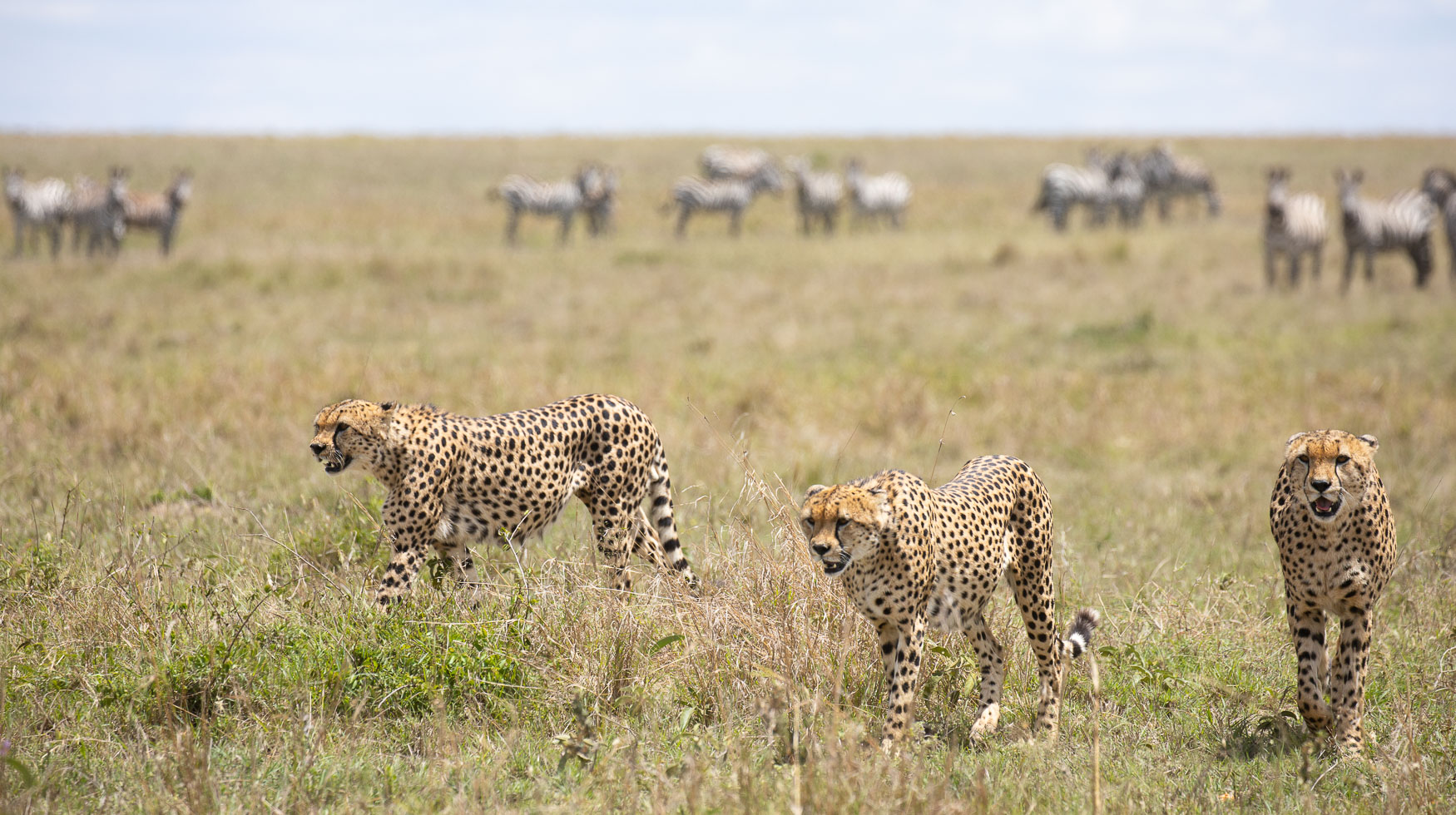
Regardless of where we were or what we were photographing we really took our time and, once having located a sighting with some photographic potential, we were happy to spend time and wait for the magic to happen.
There was something quite refreshing about not having the relative luxury of regular updates and being able to "bounce" between sightings and rather just sit patiently and watch a scene develop over a period of time.
Here are a handful of highlights from our time in the Mara Triangle.
Just like our time in Amboseli, the afternoons were dominated by massive thunderstorms and rain making for some impressive clouds in the late afternoon and magnificent mist in the early mornings.
It's not the best image by any stretch of the imagination but this image gives you an idea of the sheer scale and drama that these stormy skies bring to the Mara during the short rains.
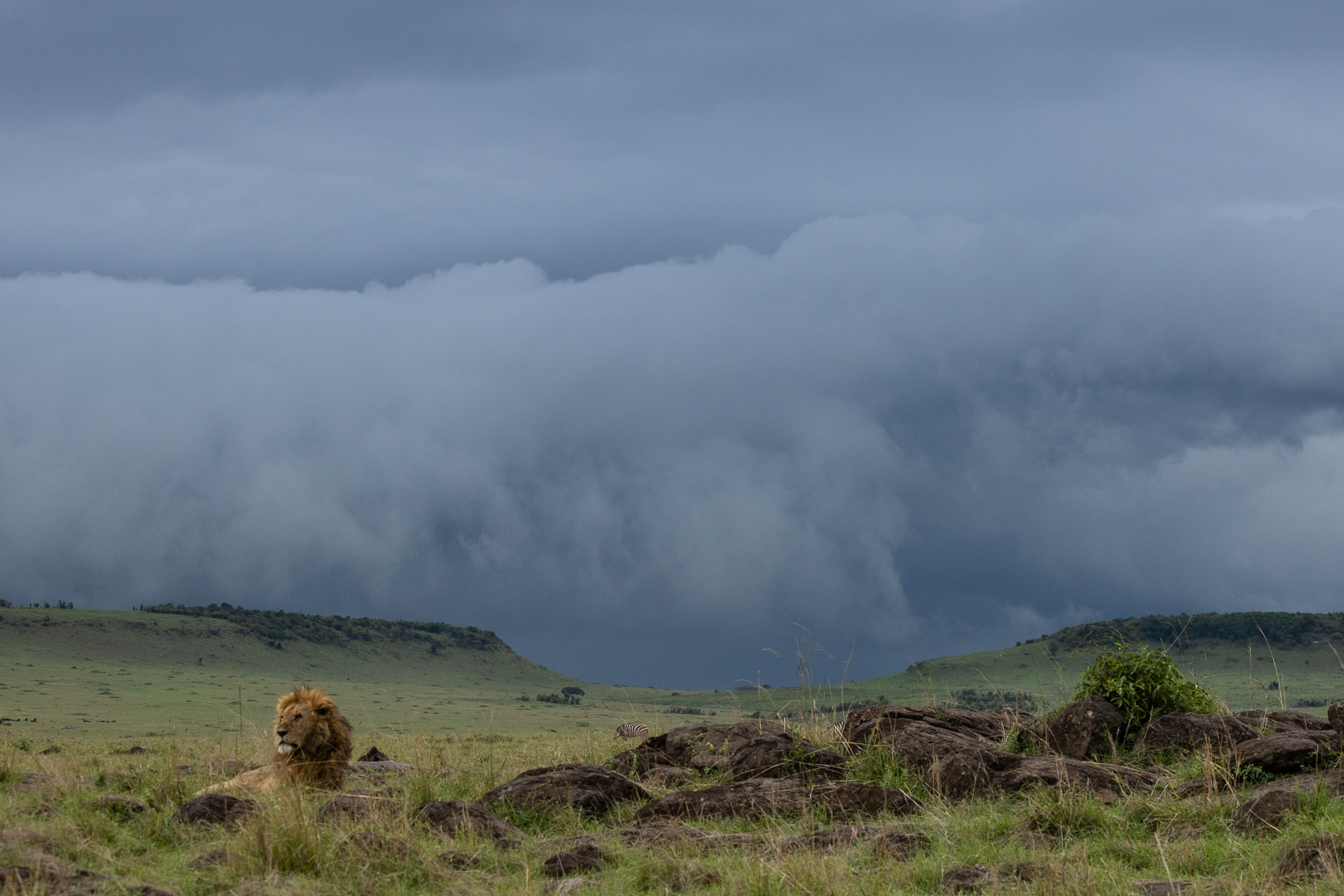
One particular morning stands out for me in that it was this day that we were reunited with an "old friend" known to many who have visited the Wild Eye Mara Camp as Bob Marley.
My sources tell me that he has lost his coalition partner (often referred to as Ziggy) and is now somewhat of a nomad running the gauntlet between established territories as he seeks to form a bond with other nomadic males. This is a challenging stage of his life and sees him covering massive ground. We saw him just east of the Purungat Bridge but I had a report that he was seen 4 days later on the edge of the Oloololo escarpment.
Despite the challenges he faces he was in good condition and gave us some fantastic photographic opportunities.
Just after seeing him we heard about a male leopard that had killed and hoisted a young zebra foal into a tree not too far from where we were. When we arrive he was fast a sleep at the base of the tree. The ever retreating shade suggested that he was going to have to move soon and so we set our cameras up and waited for that magical moment where everything comes together.
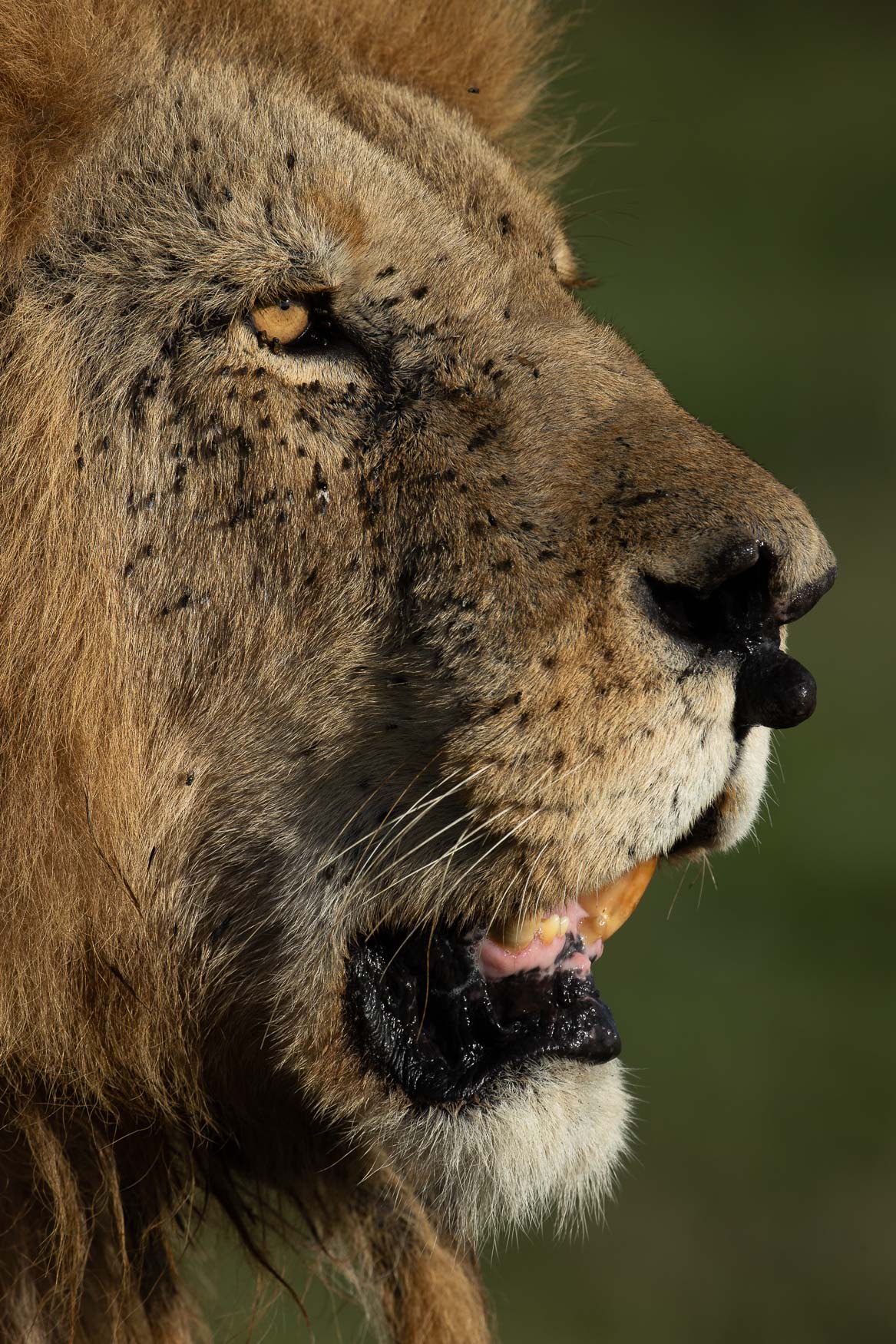
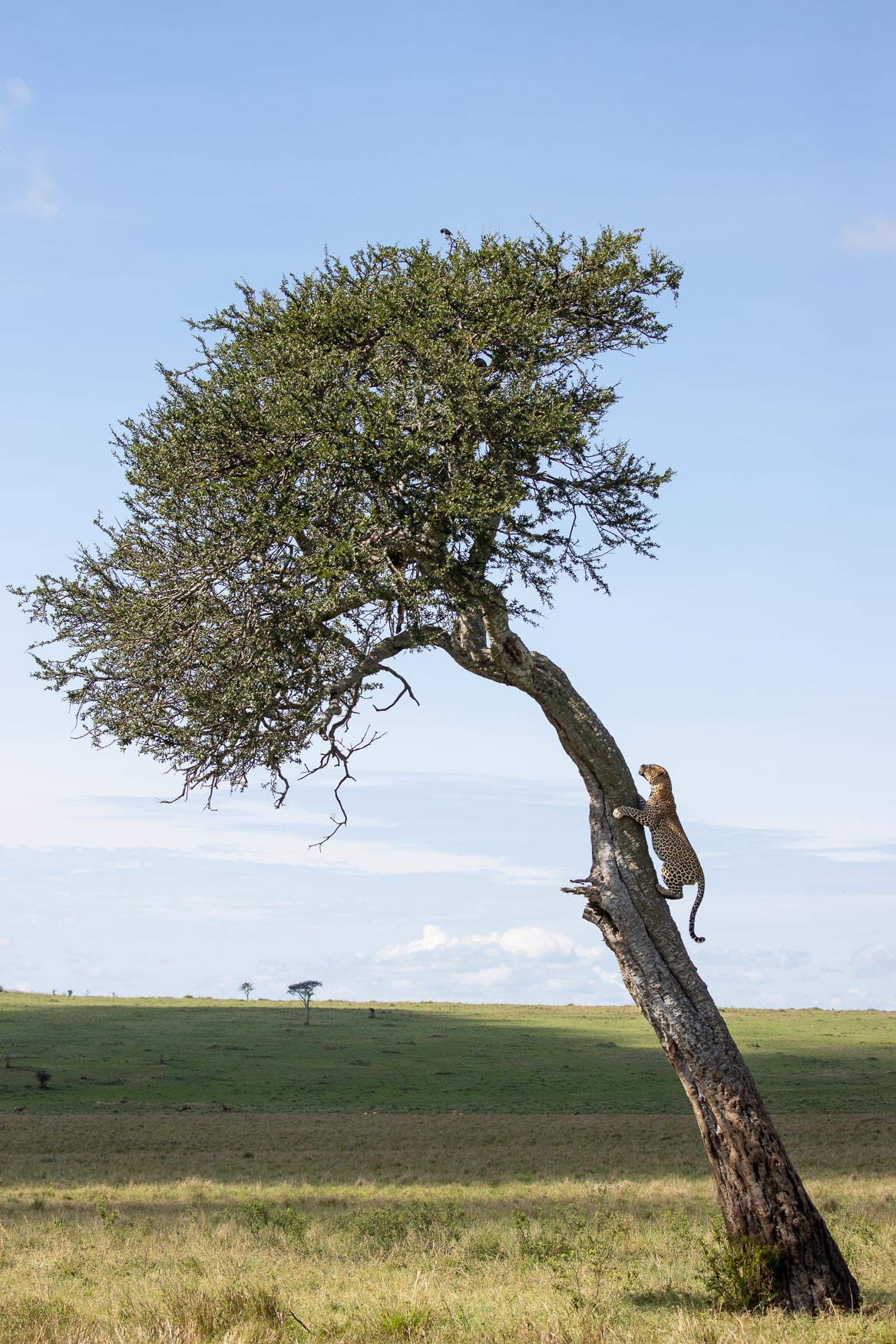
It was an absolute privilege to be back out in the field hosting guests again and hopefully this is a sign of things to come (PS: Marlon du Toit is hosting another trip in the Mara as I write this so do follow along on Instagram).
Travel was easy under the current restrictions as long as you take all of the necessary precautions and are aware of the itinerary specific requirements for entry/re-entry. Thats where our experienced team back home in the Wild Eye office comes into play and I can assure you that they are on the ball and keeping their fingers on the pulse as they monitor the changes that seem to be taking place every couple of weeks.
There's no guaranteeing what next year holds but what I can guarantee you is that even if there is now a little bit more paperwork and admin as you prepare to join us on safari, it is most certainly worth it.
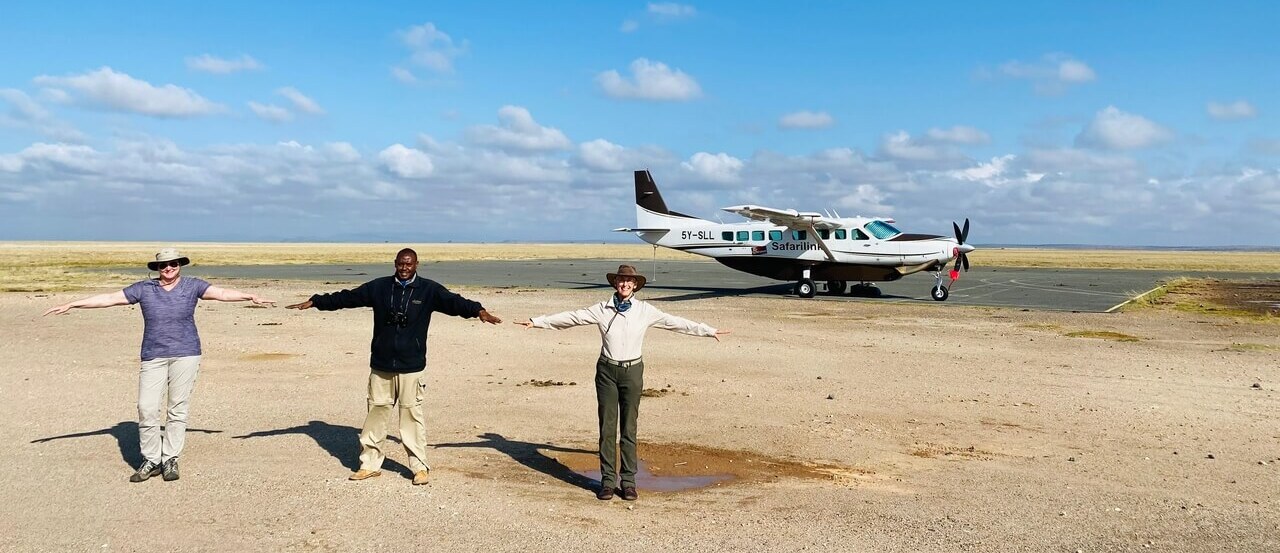
“Travel isn’t always pretty. It isn’t always comfortable. Sometimes it hurts, it even breaks your heart. But that’s okay. The journey changes you; it should change you. It leaves marks on your memory, on your consciousness, on your heart, and on your body. You take something with you. Hopefully, you leave something good behind.”
Anthony Bourdain
I hope you've enjoyed reading this blog, the very first on the new look website, and look forward to hearing your comments, feedback and answering any questions you might have.

Andrew, great blog posting, it was interesting and informative to hear of your trip in November and to see you terrific photos. As it happened, my son forwarded to me earlier today a first impressions review of the Canon R5 that you made. That caused me to search you out this evening. Are you now using the R cameras now in your work?
I exchanged some emails last year with Johan about a possible safari but it never came together, and COVID blocked anything this year. I’m interested in reopening the possibility for a trip in 2021, maybe August or later. I don’t have a specific location in mind but have considered Kenya during the migration or Botswana as possibilities.
I’d appreciate your thoughts, and information about any scheduled trips that might be suitable for a first time traveler to Africa.
Hi Jim
Thanks so much for the feedback and kind words. I hope you found the content on the R5 informative? You may alos be interested in this webinar I hosted on Canon’s Mirrorless systems and this piece on the RF 800 mm F11.
I’ve really enjoyed using both the R5 and R6 on various occasions this year and truly believe that canon have really added two workhorses to their mirrorless stable in the form of these bodies. I do also shoot off of the RP but this body doesn’t come close to the R5 or R6 in terms of performance for wildlife photography.
I am also shooting off of a 1DX MKIII and have to say that the R5 and R6 are delivering as much (if not more in some aspects) as what will probably go down as the worlds greatest DSLR.
I’ll drop you a mail regarding trips for the second half of 2021 but you simply cant go wrong with a Great Migration safari experience in Kenya!
Thanks again for the feedback and engagement.